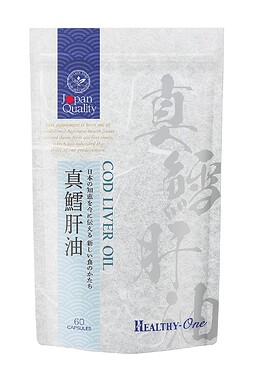In Chapter 6, I found the list of Japanese over the counter medication very hard going, so this might be useful (explanations courtesy of perplexity.ai)
Chapter 6 - the 救急箱
浅田飴 (あさだあめ)
Asada Ame is a traditional Japanese medicated cough drop, first produced in 1887 by the company Asada Ame Co., Ltd. The formula is based on a traditional herbal remedy developed by Dr. Souhaku Asada, a physician to the Tokugawa Shogunate. Asada Ame is famous in Japan for soothing coughs, sore throats, and hoarseness, and is widely recognized by its slogan, “For cough, voice, and throat.”
Ryukakusan (龍角散) is a traditional Japanese herbal medicine used primarily for relieving coughs, phlegm, hoarseness, and sore throats caused by inflammation. It has a history of over 200 years and is widely trusted in Japan for throat care
トロッチ
イソジン
救心 (Kyushin) is a traditional Japanese herbal medicine, often referred to as “Kyushin pills” or “Kyushin Dan.” It is primarily used to relieve symptoms such as palpitations, shortness of breath, chest discomfort, and dizziness, especially those associated with heart and circulatory problems, fatigue, or age-related decline in bodily function
正露丸 (Seirogan) is a well-known Japanese over-the-counter medicine primarily used to treat digestive issues, especially diarrhea and stomach discomfort. It has been a staple in Japanese households for over a century
ビオフェルミン (Biofermin) is a well-known Japanese probiotic supplement and over-the-counter medication designed to improve and maintain gut health. Its main function is to regulate the balance of intestinal bacteria, particularly by increasing the population of beneficial bacteria (probiotics) such as lactic acid bacteria and bifidobacteria
太田胃酸 (Ohta Isan) is a popular Japanese over-the-counter gastrointestinal medicine used to relieve a variety of stomach and digestive issues. It has been trusted in Japan for over a century and is available in both powder and tablet forms
イチジク浣腸 (Ichijiku Kancho) is a widely used over-the-counter enema product in Japan, primarily designed for the relief of constipation.
葛根湯 (Kakkonto) is a traditional Japanese Kampo (漢方) herbal medicine, widely used for the early stages of the common cold and for relieving symptoms such as chills, mild fever, headache, muscle stiffness (especially in the neck and shoulders), and nasal congestion. It is also sometimes used for muscle pain and shoulder stiffness unrelated to colds
今治水 (Konjisu/i) , most commonly sold today as 新今治水 (Shin Konjisu/i) , is a traditional Japanese over-the-counter liquid medicine used for the rapid relief of toothache, especially pain caused by cavities, loose teeth, or pain at the root of a tooth
トラベルミン (Travelmin) is a well-known Japanese medication used primarily to prevent and relieve symptoms of motion sickness, such as dizziness, nausea, and headache. It is available both as an over-the-counter drug for general use and as a prescription medication for more specific medical conditions.
樋屋奇応丸 (Hiyakiogan) is a traditional Japanese herbal medicine, first formulated in the early 17th century, and is still widely used today. It is primarily given to infants and young children to address a range of mild physical and emotional symptoms, especially those related to nervousness anddigestive issues
オロナイン軟膏 (Oronine Ointment) is a popular, long-selling over-the-counter topical medication in Japan, widely used for treating minor skin problems and injuries.
赤チン (Aka-chin) is the Japanese nickname for mercurochrome solution (マーキュロクロム液), a red-colored antiseptic widely used in Japan throughout the 20th century for treating minor cuts, scrapes, and wounds. It became popular because, unlike previous iodine-based antiseptics (ヨードチンキ, “yo-chin”), mercurochrome did not sting when applied to wounds, making it especially favored for children
オキシフル is the common Japanese nickname for オキシドール (Oxydol) , which is a solution of hydrogen peroxide (過酸化水素, H₂O₂) used as an antiseptic and disinfectant.
肝油 (kanyu) refers to fish liver oil , most commonly cod liver oil or shark liver oil, derived from the livers of fish such as cod or sharks. In Japan, it is widely recognized as a nutritional supplement.




























